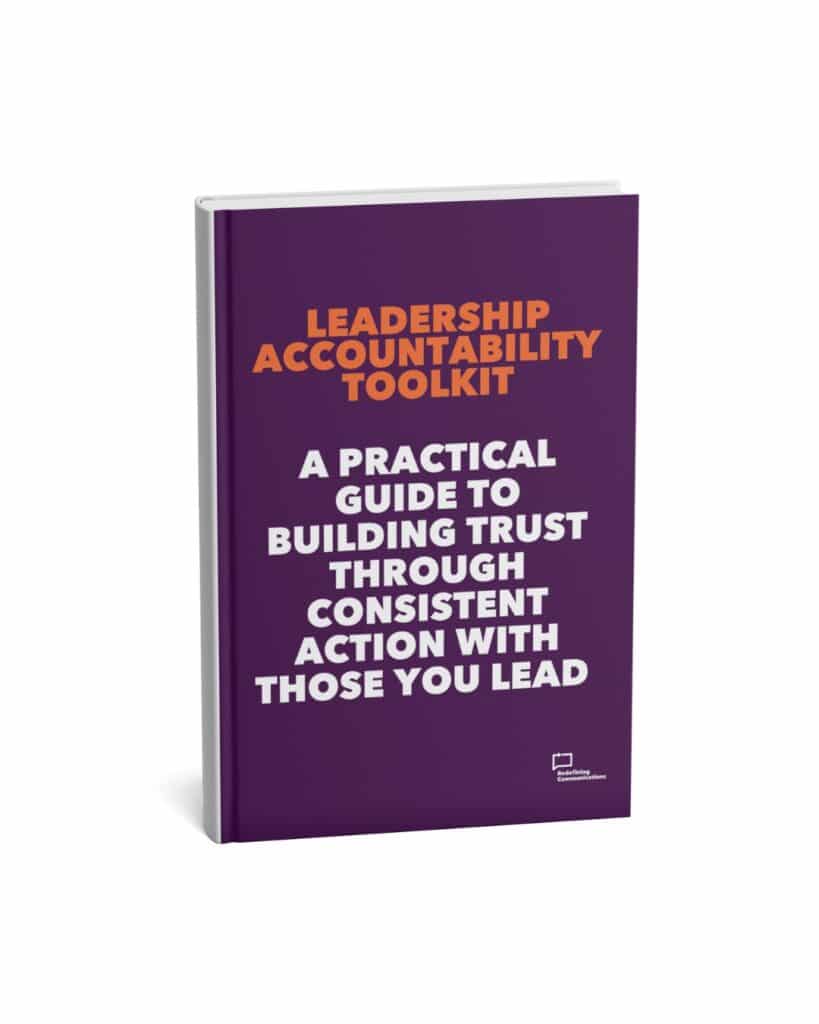Rapid organisational growth is often one of the main causes of organisational chaos.
When businesses experience a period of growth employees are expected to adapt quickly – something that is difficult to do if change is not communicated in the right way.
In this blog we’ll look at the kinds of chaos that occur during rapid growth, why it happens and what you can do to fix it.
I’m not talking about mergers and acquisitions here (that’s a whole topic in itself!) but other forms of growth – for example, the kind seen by many businesses during the pandemic when they realised their product or service was exactly what people were looking for in a lockdown.
When this kind of rapid change happens, you often have a very limited window to re-evaluate process and ways of working which, if missed, can result in toxic chaos. You end up in a situation where you’re trying to undo things that have already become an established part of the norm. Missing this opportunity to bring people along with you can lead to some really tricky situations that are much harder to unpick retrospectively than deal with in the earliest stages.
Signs of organisational chaos
The tricky thing about rapid organisational growth is that it’s something that impacts the whole organisation at once. Subsequently, problems can occur in many different forms.
These are just some of the examples of the type of organisational chaos that can stem from rapid growth:
- Leaders not knowing how to grow: They may be experts in their field but not in business or business growth.
- Leaders having to split their time to work both on and in the business: When you have a growing team they’re looking to you to help lead them but this can be difficult if you’re having to spend much of your time working in the business too.
- Poor hiring choices: A need to hire people quickly to fulfil the urgent demands created by growth can mean not enough time is spent on getting the right people.
- Employees off with stress: If people feel like their workload has suddenly escalated or they’re unsure what’s happening next this can create fear and, in turn, stress.
- People not working well together hierarchically: There may be confusion over who makes decisions and misunderstanding around how things knit together.
- A lack of transparency around business performance: It’s natural to want to make sure people are hearing all the good stuff, but this sometimes means we are not as transparent as we need to be.
- Leaders not doing what they say they will: The gap between saying and doing is so important. When you’re going through growth you may be pulled in so many directions you forget what you’ve said or simply not have enough time to follow through on promises.
Diagnosing the cause of the chaos
I would always recommend 1:1 interviews as the method of choice for getting to the bottom of the chaos caused by growth.
It’s easy, in the face of rapid change, to forget to listen and make time for people and this can often by one of the underlying causes of their frustrations. Trying to get their opinions via a survey can often feel like rubbing salt in the wound.
Employees need to know that their views are more than a tick-box exercise. They need to feel you’re investing the time to really listen, to give them the space to talk about how the growth is feeling and how it’s impacting their ability to work – something you just won’t get from a survey.
Linked to this is the need for leaders to be open to hearing what’s being said. When you’re a smaller business, things can feel much more personal. If it’s a business you founded it can feel very uncomfortable for someone to come in and tell you there’s a problem and that the fix might involve changes to things you have been doing for years.
Leaders will always have a role to play in fixing the chaos but we have to be realistic about the fact that they have quite often had a role in creating it too.

Fixing organisational chaos
Avoiding or fixing organisational chaos isn’t straightforward, but there are steps you can take to help everyone become more aligned:
- Take people with you:
It’s always important to take people with you when you’re looking to fix anything inside organisations, but it’s especially important when it’s about growth.
When there is a lot of change, especially for those who have been with you since the start, you may need to help them understand why things are happening and what the end goal is. People need to be given the time to adjust and there should be clarity around why things are changing.
- Focus on how you want people to feel:
Employee engagement is crucial in any change scenario and one of the most important things you can do here is refine your strategic narrative, something I talk more about this episode of my podcast.
The key to impactful communication is to focus on how what you want people to think, do and feel.
Sometimes when going through change it can be really useful to focus on the final element of that first and work backwards. What do you want people to feel and how can you achieve that?
- Introduce new processes:
If you are reaching the stage where people are unsure about their roles or they start overlapping each other, this can be the crucial tipping point. You may need to start to put processes in place before this window closes and you may need to hire an operational manager to help you do this.
- Equipping managers with the skills to support their teams:
If you’re seeing people experience burnout or take time off with stress then you need to make sure you’ve equipped managers with the skills to identify this and make changes.
This is not just about supporting the individual, but looking at business process and culture too. There has to be action, not just words. If you’re a small team with little hierarchy then try to equip everyone to help everyone.
- RASCI: responsible, accountable, support, consult, inform:
This is a really useful tool for looking at who should be doing what. Create five columns, using each of the RASCI elements as the headings, and then a list of tasks on left. You then assign one person or department for each. Chaos often comes when too many people are trying to do the same thing. If everyone is responsible, no one is responsible.
For this reason, RASCIs can be super helpful when you’re growing or going through significant change as an organisation or team. However, I would urge against using them too often. I’ve seen too many organisations where there is a RASCI for everything and they soon lose their impact. You can read more about RASCI here.
- Coaching for the founder/leader:
Often the founder/leader of a business is an expert in what the business does, but not on growth, so having a coach to help with this side of things can be helpful for staying on track.
It can be a big investment and it has to be the right coach for them. This is a really personal choice, and one that needs to be considered carefully, as it must be someone they feel comfortable being challenged by.
If you’re a leader experiencing these sorts of growing pains then some of these steps might go against your natural entrepreneurial instincts.
The key is that you don’t have so many processes that you lose your ability to innovate, but to create what I call ‘freedom within a framework’.
You can still innovate, pivot and adapt but you need to make sure the people around you are brought along for the ride.
People have to know why they are doing things, they have to feel valued to remain motivated and they need to see you acting on the things you say you will.
I’d go as far as to say your team relationships are the most important thing to nurture as you grow.
You can hear more on this episode of the Redefining Communications with Jenni Field podcast and you can find out more about our leadership support services here or contact us here.








